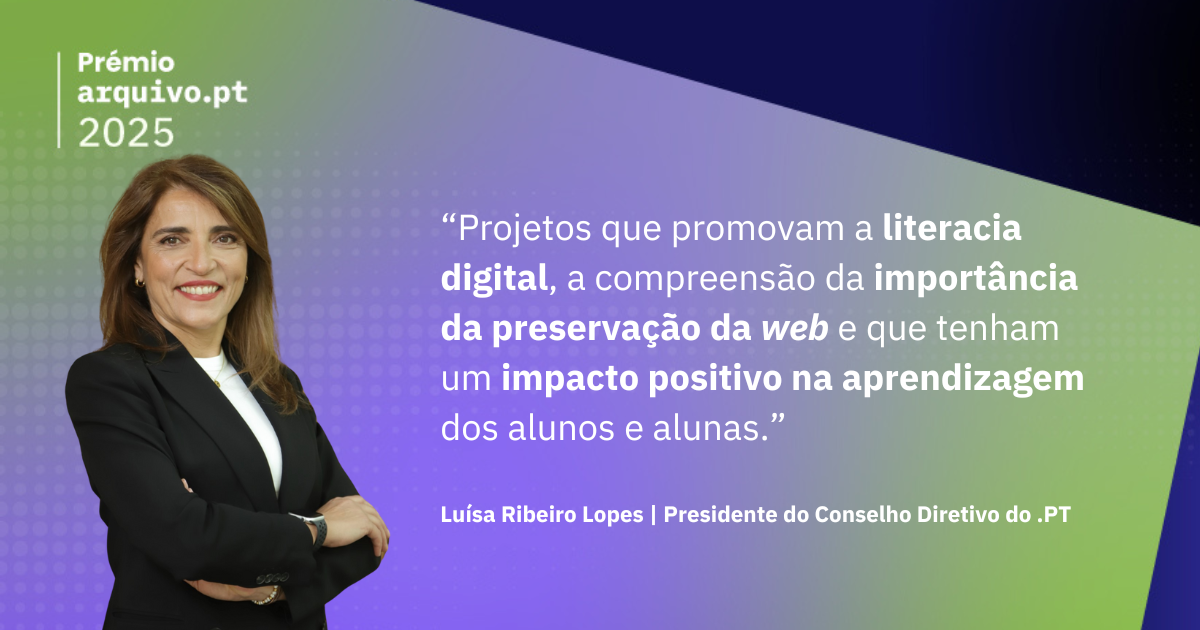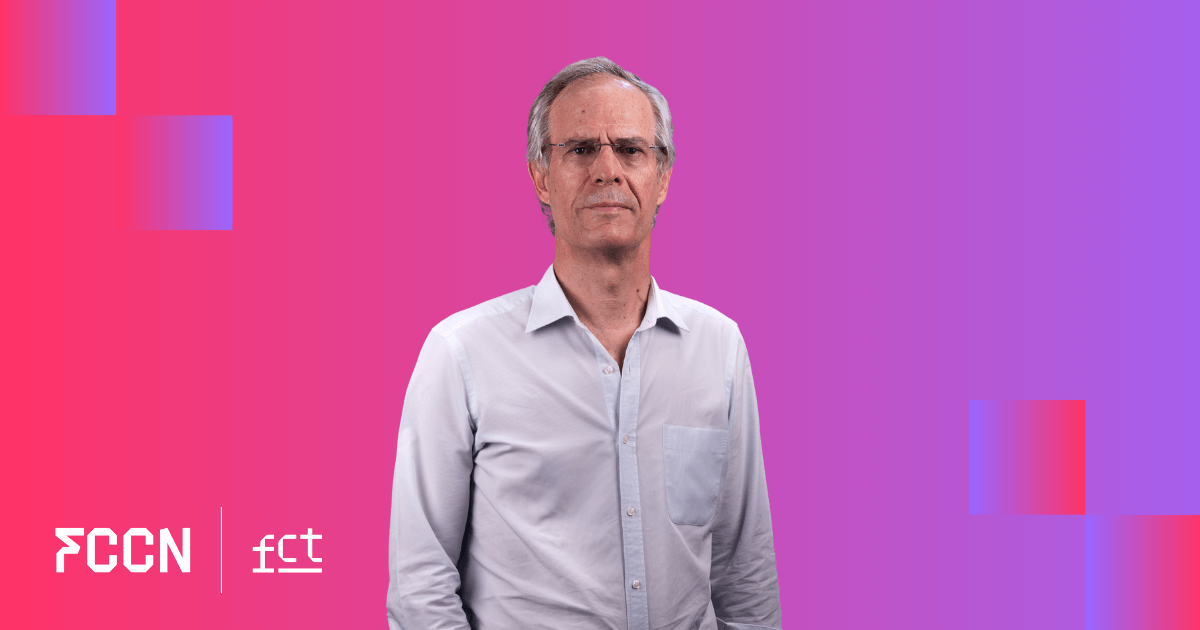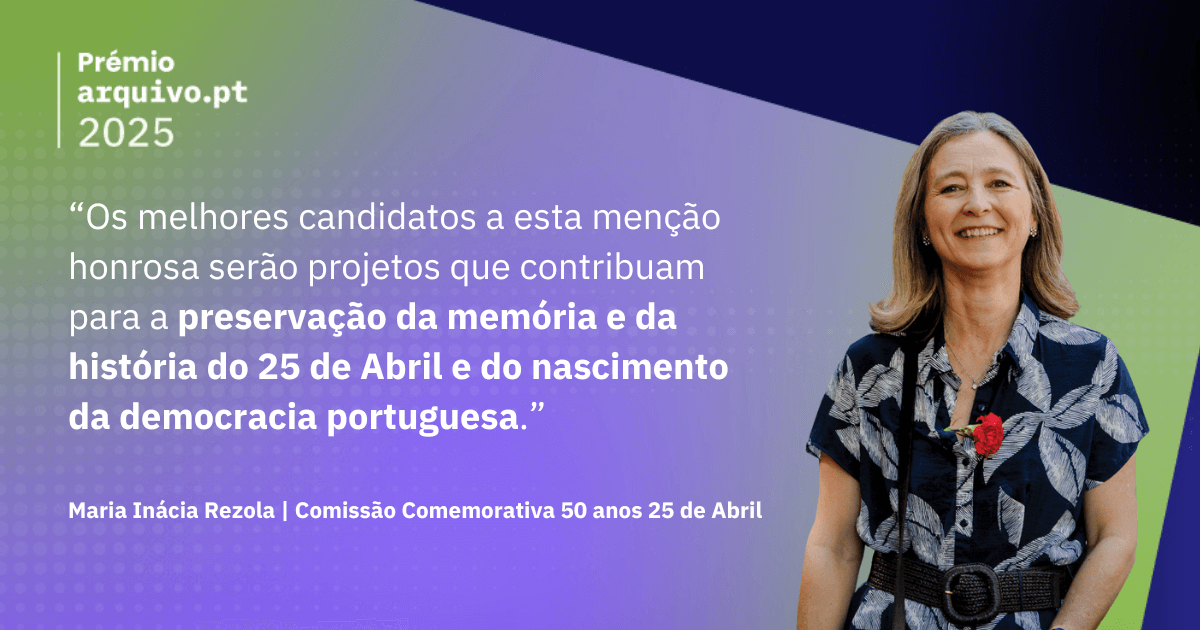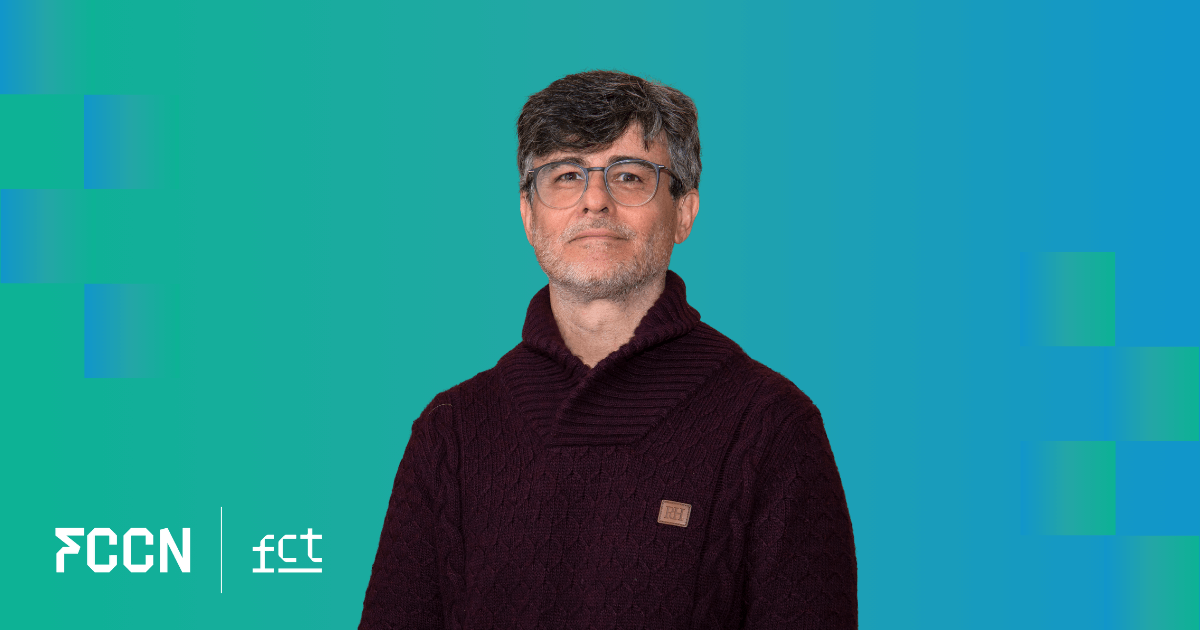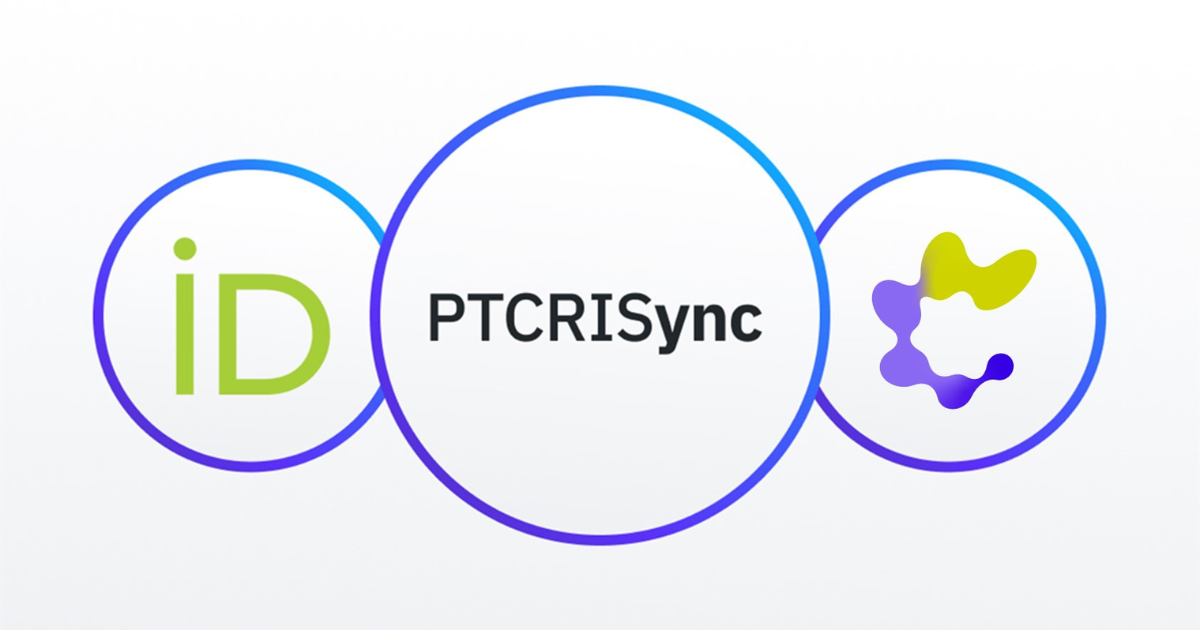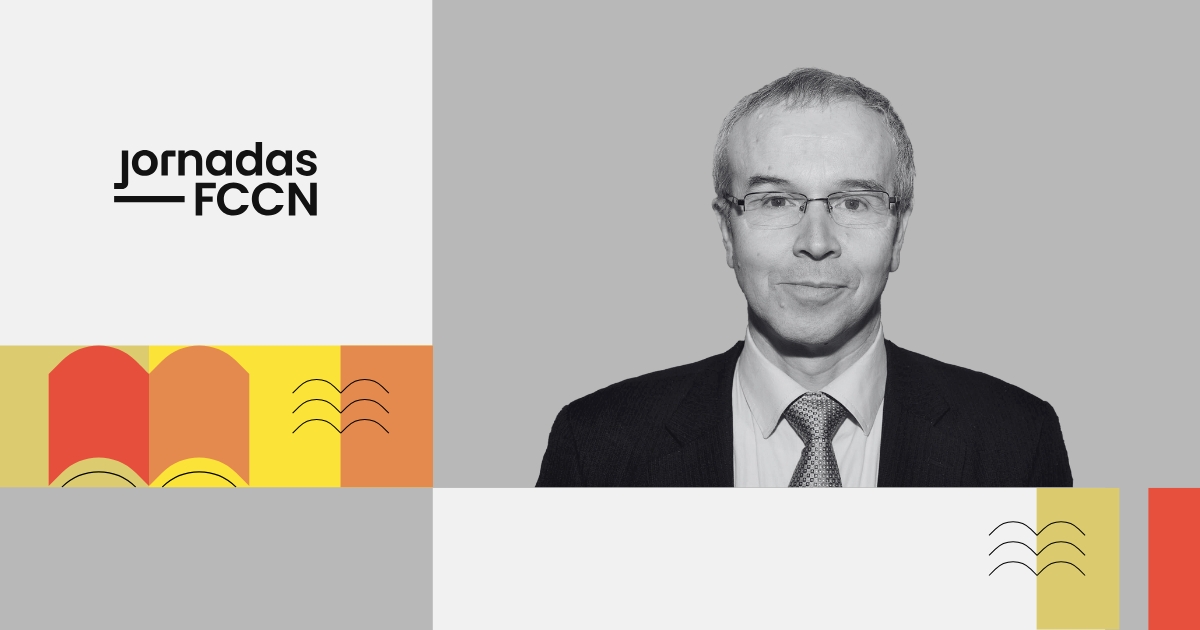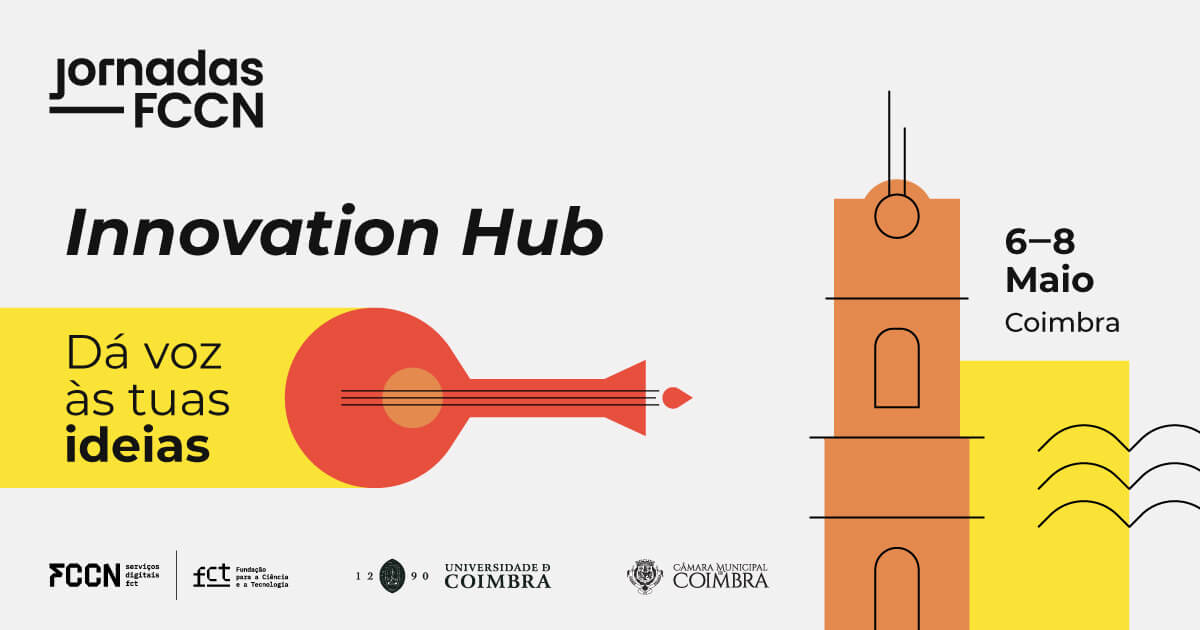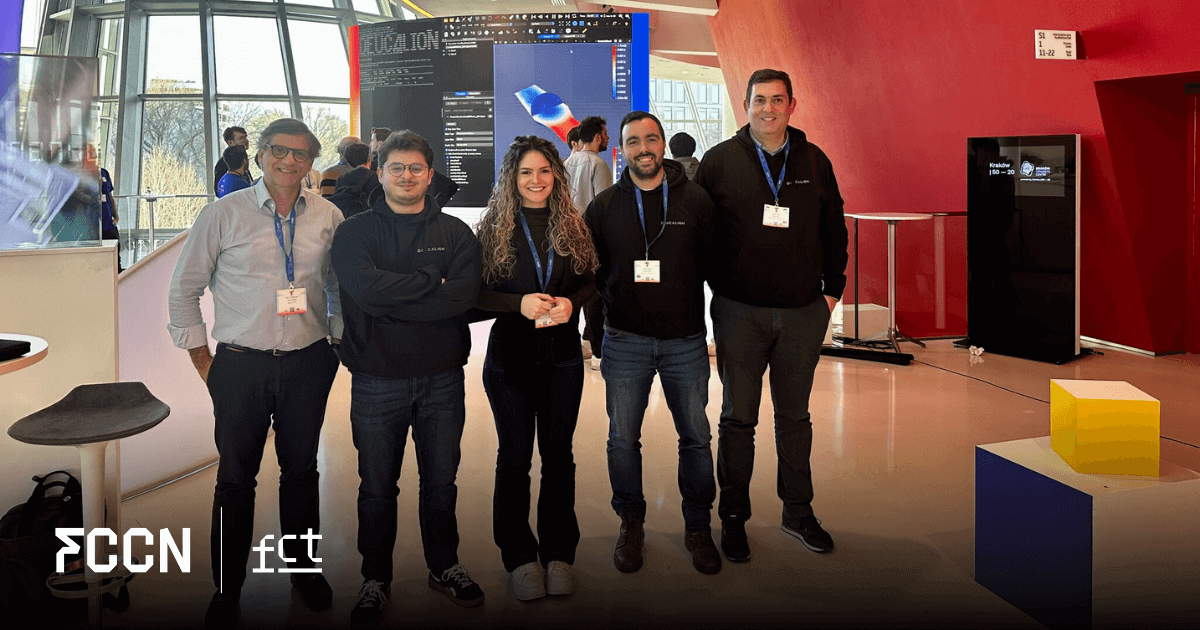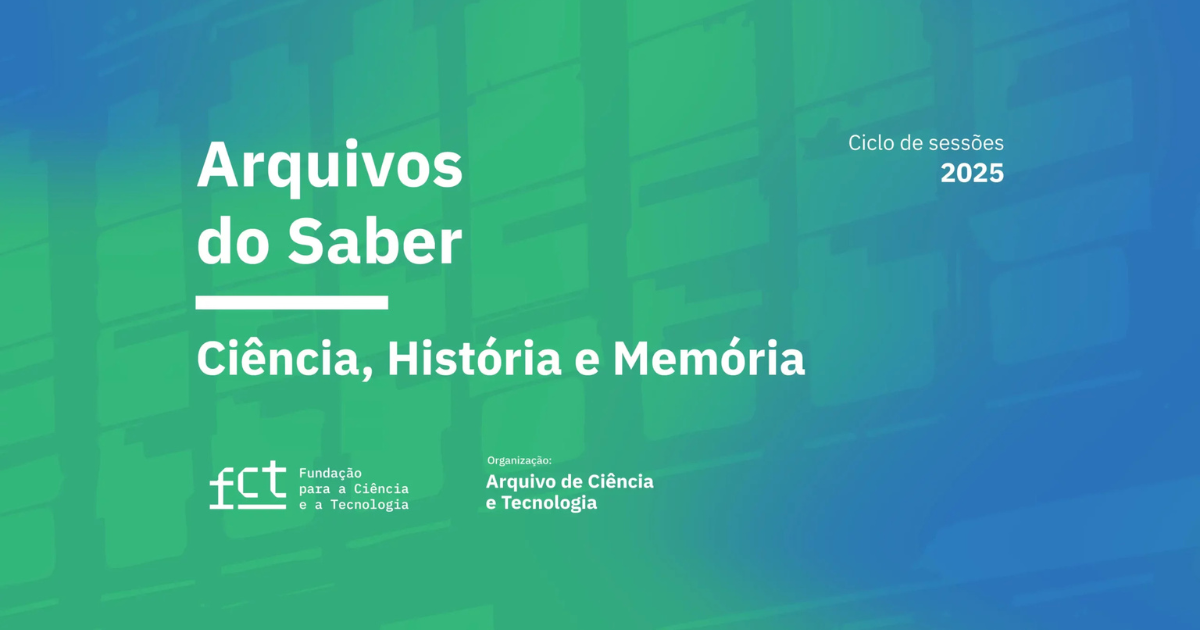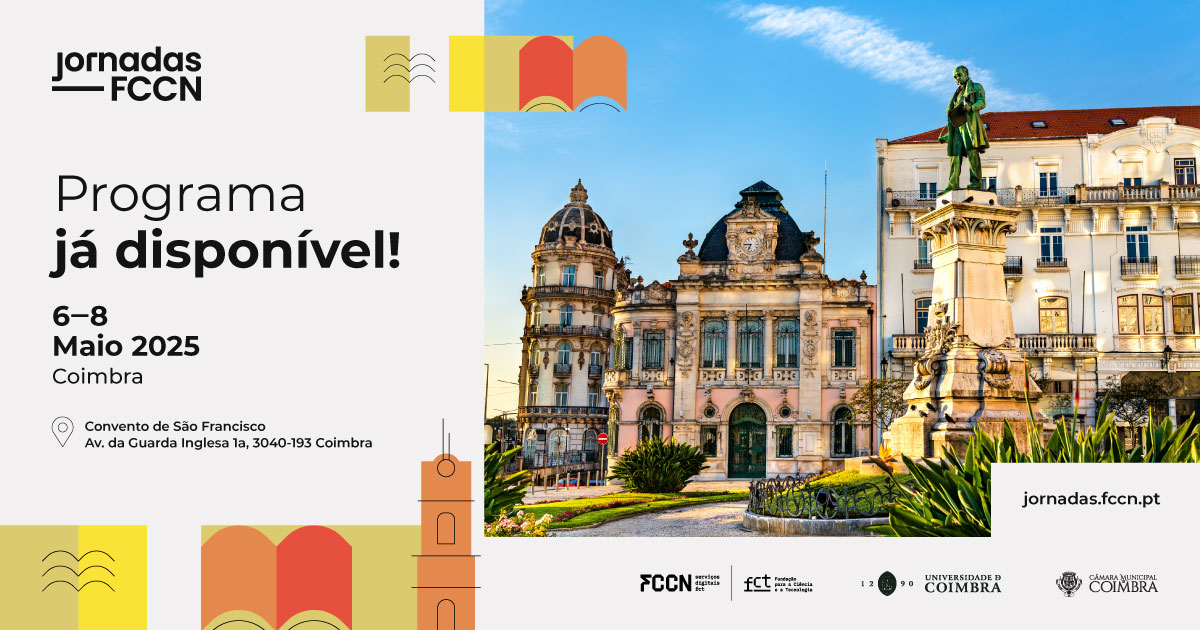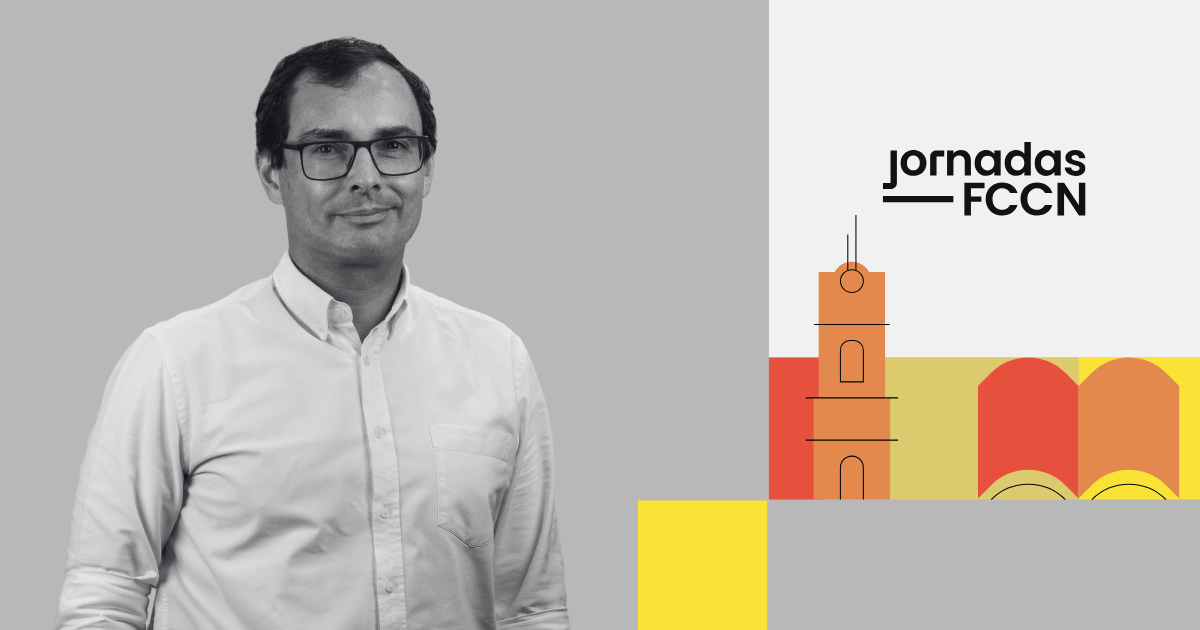Rita Viegas, Human Resources Manager at the FCCN Unit, talks to us about some of the main challenges and obstacles involved in hiring women in Science and Technology, and reveals the efforts made by the FCCN Unit to mitigate them.
#1 As a specialist in Human Resources in the area of Science and Technology, how do you think the labour participation of women in this area has evolved over the last years?
The data show us that we have been witnessing an evolution in this area, but the truth is that there is still a way to go. According to the International Labour Organisation (ILO), for example, the proportion of women in STEM jobs in Portugal is already 44%. However, jobs in this area account for only 12% of total employment. On the other hand, within this number, most of this female presence concerns the area of Sciences and not the area of information technologies (IT).
In this sense, I think that IT is the area where there is the most room for evolution. Taking into account the digital transformation we are experiencing, this area is certainly one of the fastest growing in terms of labour market, where some of the most valued professions are located and where some of the professions of the future will be created. Currently, in fact, the demand for qualified professionals in the IT area far outstrips supply, making it difficult for most organisations to attract talent.
I believe that this scenario is an open door for women's participation. All contributions will be needed and leaving women out does not make sense. We are half of the world's population, which translates into an excellent opportunity to ensure diversity, be it gender or otherwise. Looking at the potential of each person's contribution - seeing the diversity of talent, profiles, ideas and contributions - is the recipe for any successful project.
#2 What challenges or difficulties exist when it comes to hiring women in these areas?
In general, the difficulties faced by women in these areas are the same as those faced by women in any other professional area: the stereotypes associated with gender and the gender role in the workplace and in society in general. Inequity with regard to gender, whether real or perceived, continues to exist, in access to opportunities, whether for entry, promotion and remuneration.
At the FCCN Unit, I would say that the biggest difficulty we experience is in terms of recruitment. The challenge starts from the outset, with the proportion of applications we receive from women, which is much lower than that of men, particularly in the area of technology.
In 2020, applications from women for technology and science management roles at FCCN represented only 25% of the total applications received. If we drill down into this analysis, we see that the application gap in the case of technology roles is even greater than in the area of science management, with only 18% of the applications received for IT roles representing women.
This initial data influences all other outcomes along the career path. Fewer applications from women result in fewer women hired, impacting all of our future decisions. From fewer women in the pool of candidates available for new internal challenges, to fewer women in positions of influence.
#3 Has the Unit FCCN taken steps to eliminate these difficulties? Which steps?
At FCCN, we try to act in two ways. On the one hand, by maintaining the standard of our internal performance, ensuring that all team members, regardless of gender, are valued for their skills and abilities and that there is internal equity in treatment and access to opportunities. This is without ignoring the fact that prejudice is part of society and as such can manifest itself, even if unconsciously.
The other aspect is dissemination, giving visibility to the promotion of women in science and technology. Collaboration on initiatives such as the International Day of Women and Girls in Science is an excellent example. Promoting student visits to FCCN also contributes to this goal. Presenting not only what we do, but also the professionals who are part of our team, reveals our purpose to boys and girls. Not just to our users today, higher education students, but also to the students and professionals of tomorrow.
#4 What contribution can days like the "International Day of Women and Girls in Science" make to solving these problems?
I think these initiatives help keep the topic alive, involving and inspiring different generations. As initiatives in this area gain more visibility, that visibility is shared with all the women who study or work in it. I believe that recognizing their existence in the first place, but also their contributions and their experiences, generates meetings of stories and experiences. The mutual help that comes from this, the awareness of existing problems and the proposal of solutions to solve them, inspire a whole new generation, who become aware that this reality is also a possibility for them. All that remains for the FCCN team is to continue working to ensure that we have a good reality to present when they get here.
#5 Is there anything you wish to add?
While we're on the subject of sharing, I share books that share stories. The first one is titled "Inferior." In this book, author Angela Saini helps us understand the context of women in science and what is being done, based on the best science, to correct past perceptions and mistakes. This book was given to me by two great women, also in the sciences and technology. I share it because, for me, it represents that women, regardless of their professional background, together are always stronger.
The second book is for kids and adults: "The Scientists" by Rachel Ignotofsky. A picture book featuring 50 remarkable women (also) in the field of STEM.
Finally, the tribute to Portuguese women in science. Through any of the 3 editions of the book "Women in Science", we get to know some of the most remarkable contemporary Portuguese women in the field of STEM. Not only through their words, but through the lens of several guest photographers. The printed books are available at the Ciência Viva pavilion shop or can be downloaded from the initiative's page here.

